As the days grow longer and the first hints of spring appear, property buyers in Scotland are turning their attention to outdoor spaces. Whether you dream of summer barbecues, a safe play area for children, or a private retreat surrounded by greenery, a well-designed outdoor space can greatly enhance your enjoyment of a home.
But how do you assess whether a property’s garden or outdoor area meets your needs? While a lush lawn and a well-maintained patio might make a great first impression, it’s important to look beyond aesthetics and consider practical aspects such as sunlight exposure, drainage, maintenance requirements, and privacy.
This article will help you evaluate a property’s outdoor potential, ensuring you make an informed decision when buying or selling a home. Let’s dive in.
Sunlight & Orientation: Making the Most of Natural Light
One of the most critical factors in determining how much enjoyment you’ll likely get from your potential new garden is its sunlight exposure. In Scotland, where daylight hours vary significantly across seasons, making the most of available sunshine is essential.
- South-facing gardens receive sunlight for most of the day, making them ideal for sunbathing, outdoor dining, or growing fruit and vegetables. If you love bright, sunny spaces, this is often the best choice.
- West-facing gardens enjoy afternoon and evening sun, perfect for relaxing after work or hosting evening gatherings.
- East-facing gardens get morning light but can become shaded in the afternoon. This can work well for those who enjoy breakfast outdoors or prefer a cooler space later in the day.
- North-facing gardens receive the least amount of direct sunlight, which can make them feel cooler and damp, particularly in winter. However, they can still be a good option for shade-loving plants or if you prefer a more sheltered, shaded retreat.
When viewing a property, take note of when you visit – morning, afternoon, or evening – as this will give you an idea of how the light shifts throughout the day. You can also check Google Maps or use a compass app to confirm the garden’s orientation. If you’re unsure, ask the seller how much sunlight the garden gets throughout the year.
Size & Layout: Balancing Space with Usability
The size of the garden plays a big role in how much you’ll enjoy it, but bigger isn’t always better. Consider how you plan to use the space and how much maintenance you’re willing to take on. For example:
- A large garden provides plenty of room for entertaining, children’s play areas, or even growing your own vegetables. However, it also requires regular upkeep, including mowing, weeding, and pruning.
- A compact courtyard or patio may offer lower maintenance while still providing a pleasant outdoor area for dining, potted plants, or container gardening.
- Sloping gardens can create unique landscaping opportunities but may require additional investment in terracing, steps, or retaining walls to make the space practical.
Also, consider the flow between indoor and outdoor spaces. A garden that connects seamlessly to a kitchen or living room (e.g. through bi-fold doors) will naturally get more use than one that feels disconnected. If outdoor space is essential to you, make sure it’s easily accessible from the house.
Privacy & Noise Levels: Creating a Secluded Retreat
An outdoor space should feel like an extension of your home, offering a comfortable and private retreat. However, some gardens can feel overly exposed or suffer from noise pollution. When viewing a potential property, keep the following in mind when evaluating its suitability:
- Overlooking neighbours – If there are windows from nearby houses looking directly into the garden, consider whether fencing, hedging, or trellises could be added to improve privacy.
- Busy roads or train lines – Traffic noise can be disruptive, particularly if you’re hoping to create a tranquil outdoor space. To assess noise levels, visit the property at different times of the day.
- Nearby schools, pubs, or parks – While these amenities can be beneficial, they can also bring unwanted noise, particularly at weekends or during summer.
Even if privacy is lacking, solutions are often available, such as climbing plants, wooden screens, or taller fences. However, before making changes, be sure to check planning restrictions and whether these potential costs fit your budget.
Condition & Maintenance Requirements: Is It Manageable?
A well-kept garden can be a major selling point, but an overgrown or poorly maintained outdoor space could signal potential problems. Unruly gardens can also hide deeper, more expensive and longer-term issues. When assessing a property, look at:
- Trees and shrubs – Overgrown trees can block light and may require expensive pruning. Ask the seller or check with your local council to see if any are subject to preservation orders.
- Weeds and moss – If the garden is covered in weeds or moss, it may indicate poor drainage or neglect. Consider how much work will be needed to restore it and whether you can afford it.
- Fences and walls – Are they in good condition, or will they need replacing? Repairing fencing can be costly, especially in larger gardens.
- Patios, decking, and paths – Look for signs of wear, such as cracked paving, loose decking boards, or uneven surfaces that could become trip hazards.
If the garden needs significant renovation, factor in the time and cost involved. A charming but neglected garden can be transformed – but it requires effort and investment.
Drainage & Waterlogging: Avoiding a Soggy Garden
Scotland’s climate makes drainage a key consideration. A waterlogged garden can limit usability and indicate underlying problems.
- Look for standing water after rain – puddles on the lawn or patio suggest poor drainage.
- Check for signs of dampness in low-lying areas, particularly near the house, as this could lead to moisture problems inside.
- Assess soil type – clay-heavy soil tends to retain water, while sandy soil drains more easily. If you’re unsure about the type, speak to the seller.
If drainage appears to be an issue, consider whether simple solutions like gravel beds or raised planters could help, or if more extensive groundwork is required.
Future Potential: Can You Make It Your Own?
Think about whether the garden has the potential to evolve with your needs. Whether you work remotely, have pets or want to increase your family in the future, there are a few things you may want to consider when it comes to finding the perfect garden.
- Space for an extension – If you’re planning to expand the house, check whether the garden allows for this.
- Potential for landscaping – Could you add decking, a pond, or a seating area in the future?
- Room for a summerhouse or home office – With remote working more common, outdoor office spaces are in high demand.
Even if a garden isn’t perfect now, small improvements can significantly enhance its usability and value.
Our Final Thoughts
An outdoor space can be a major selling point, but it’s important to assess it carefully. By considering factors such as sunlight, privacy, drainage, and maintenance, you can make an informed decision and find a garden that truly enhances your home.
Whether you’re looking for a sun-soaked retreat or a low-maintenance outdoor area, knowing what to look for will help you find the perfect property. Happy house-hunting!
Discover Speedy Selling at the Price You Want with MOV8
Today’s market is fast-paced and competitive, so having the right team behind you is vital for selling your home quickly at the price you want. At MOV8, our team specialises in all areas of the selling journey, from valuations to digital marketing, negotiating and comprehensive conveyancing. We’re behind you every step of the way.
Get started today by filling out our free online valuation form. Want to speak to one of our friendly team? Call us on 0345 646 0208 or email [email protected] for sales or [email protected] for buying. Let’s start building your home’s future together.
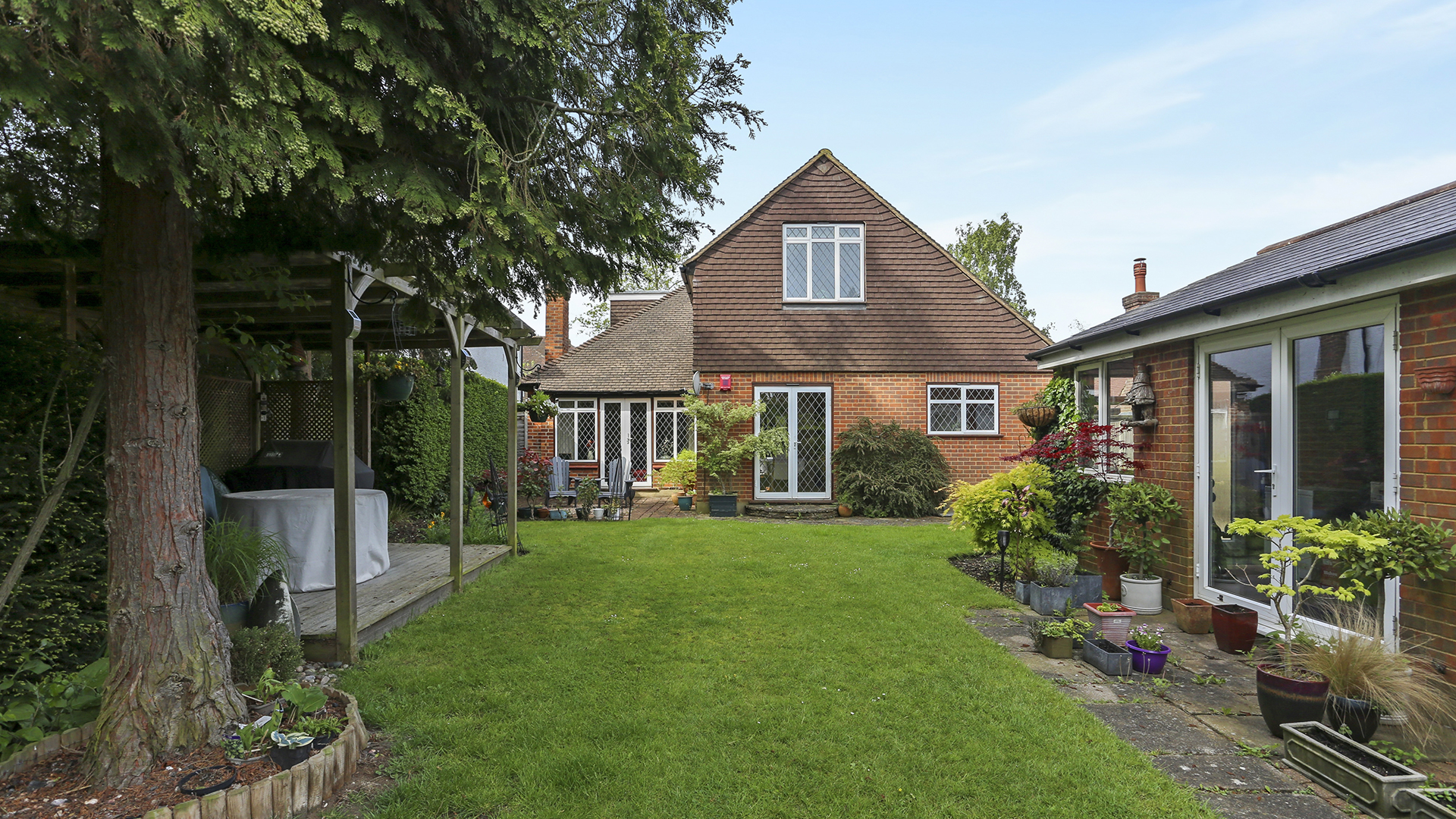
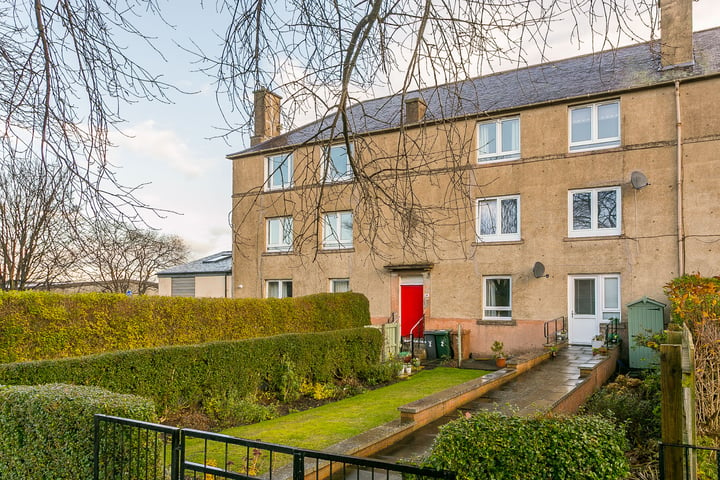
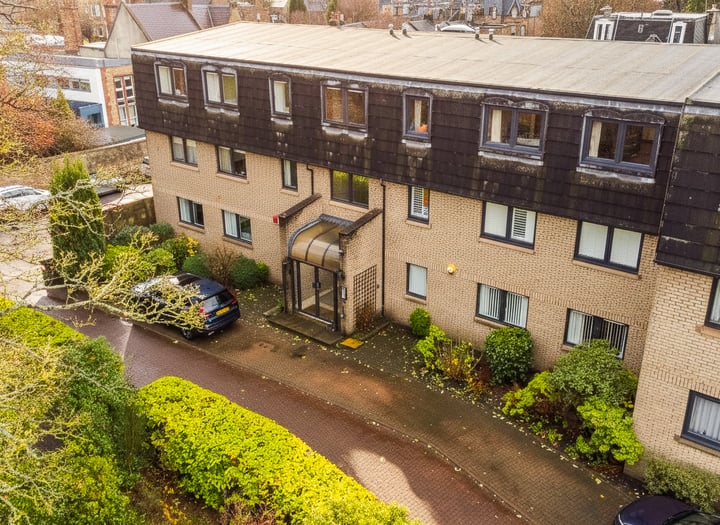
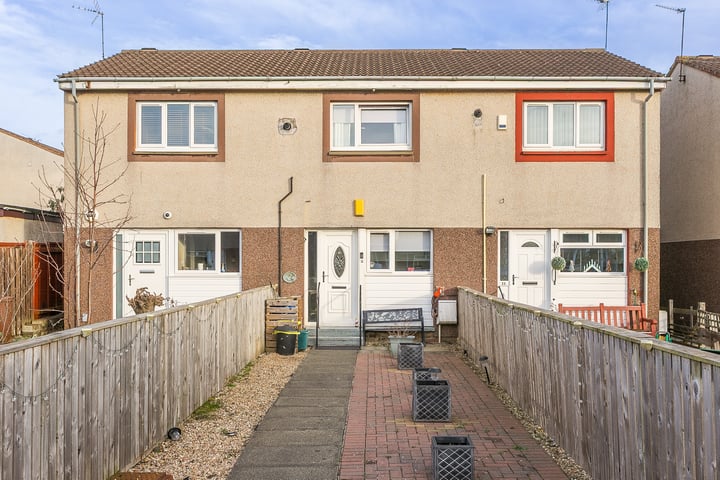

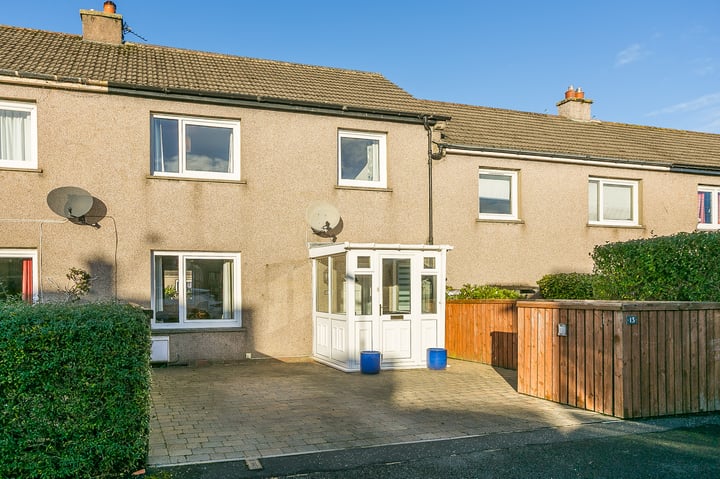
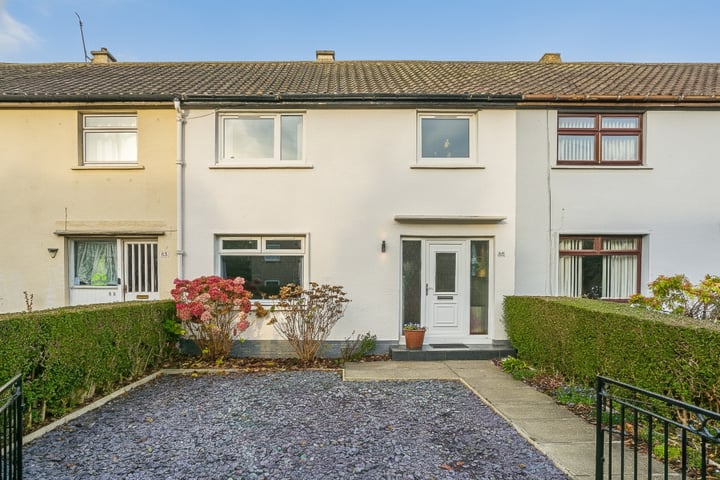
Leave a Reply